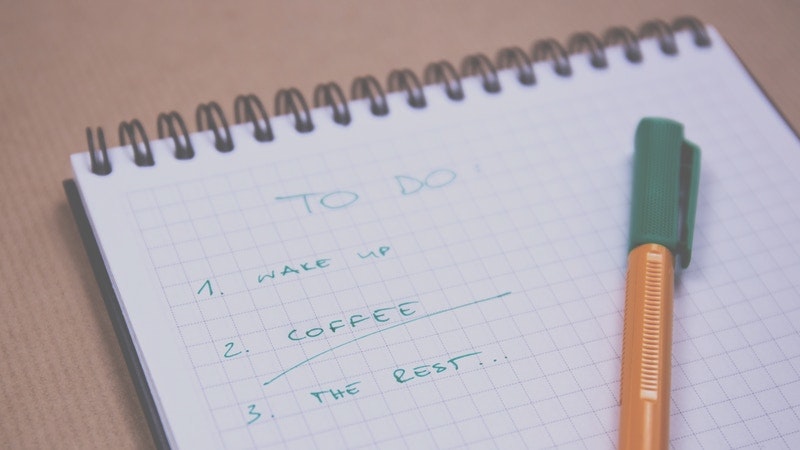Minimize Hassles: The Daily To-Dos That Wear You Down
Episode #4 of the course How to be good at stress by Dr. Kimberlee Bethany Bonura
Hi!
Here is the most important question to transform your personal experience of stress: How do you feel about your daily to-do list? Do you see daily life as a series of hassles or as an opportunity for uplifts? How you perceive the day-to-day tasks of your life, from chores to social obligations, may be a better indicator of stress’s negative impact than the major life stressors we fear. Our goal for today’s lesson is to help you stop experiencing stress by a thousand paper cuts. We’ll focus on how to minimize hassles, maximize uplifts, and improve your day-to-day well-being.
Daily Hassles and Uplifts
One study tracked more than 1,200 men for almost 50 years. As might be expected, those who had higher rates of stressful and traumatic life events—divorce and death of a spouse, for instance—had a higher mortality rate: They were more likely to have died by the end of the study. But what you may find surprising is that mortality risk was increased far more by daily attitude than by traumatic events.
The participants completed a survey called the Hassles and Uplifts Scale. This psychological test basically asks you to consider how much of daily life you find either irritating (a hassle) or enjoyable (an uplift). For instance, think about the weather, doing yardwork, eating a meal, or traffic on your way to work, and how you feel about these things. Having a higher level of stressful and traumatic events increased the risk of early mortality by 38%. In contrast, having a moderate level of daily hassles increased early mortality by 63% and having a high level of daily hassles increased early mortality by over 300%. What this means is that daily irritations are significantly more hazardous to your health than big, traumatic events.
Your mind—your perception—and how you feel about your daily life is far more predictive of negative health outcomes than the actual difficult circumstances of your life. If you think that your daily to-do list is a list of irritants, hassles, and stressful events, then your life will be negatively impacted by the stress you create in your own mind. If instead, you think of the tasks as your life opportunity to uplift your mood with things you enjoy, then you are creating your happy life with the power of your mind.
Stress Is All in Your Head
So, we go back again to the concept of mindset theory. How you think about stress—how you think about your daily life, what you think about the details that make up your day—matters.
One survey by the Harvard School of Public Health found that the most commonly cited sources of stress included everyday tasks like managing family schedules, running errands, cooking, and cleaning. So, we must shift our perspective. These aren’t life stressors. They are life. We can’t live permanently on vacation, and if we look at these basic requirements of life as stressful, then we will see our lives as stressful. Perception matters. Mindset matters. What you think matters.
Your task: Inventory your life: your daily tasks, calendar, and to-do lists. Be brutally honest with yourself. What are your hassles? What are your uplifts?
For the hassles: Eliminate the unnecessary. Acknowledge the things on your hassle list that are optional and cross them off. For non-optional things, can you trade hassles with someone else? Make deals with your partner or roommate to swap hassles. Or maybe you’d rather work more and clean less, so a few more hours of work to afford a housekeeper will be worth it. There are no clear-cut answers because the goal is to find a way to build a daily life schedule that feels good to you. It’s your life, your schedule, and your to-do list, and you want to build one that you enjoy. You want to build a daily life that feels uplifting.
For those uplifts already on your list: Focus on them. Prioritize them. Enjoy them. Allow them to determine the character and nature and experience of your day. At the end of the day, allow yourself to feel uplifted.
Tomorrow, we’ll talk about how to take your positive attitude to work.
Recommended book
Wherever You Go, There You Are: Mindfulness Meditation in Everyday Life. by Jon Kabat-Zinn
Share with friends

